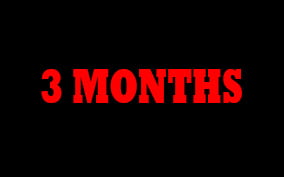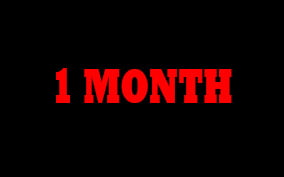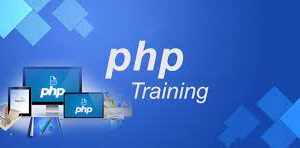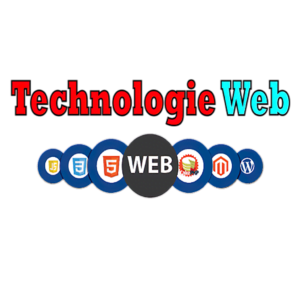Description
This course is designed and intended for beginners who want to shift or start a career in web development. A step by step guide along with computer tips and techniques is provided during this course. The course covers an in-depth project-based study in HTML, CSS & Javascript and the students will also learn how to launch or deploy their website online. This is focused on learning by doing approach instead of theories. Concepts and theories are also being taught, but only when it is very relevant to create an actual project.
Finishing the course will not only make students be knowledgeable about these three technologies, but they will also learn associated technologies such as FTP applications, content delivery network resources, external web resources. Therefore, they will have enough working knowledge to get started in the field of web development.
The students will learn the different modern techniques that will make them proficient enough to build responsive websites.






